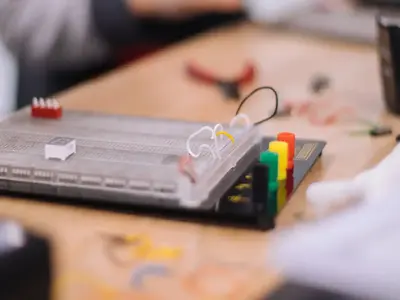
The conversation around energy efficiency often centers on saving money or reducing environmental impact. But there’s another side of the story – one that directly influences student learning, concentration, and well-being. Energy efficiency in schools goes far beyond cutting utility bills; it has the potential to shape better educational outcomes.
School buildings, particularly older ones, are frequently plagued by inconsistent temperatures, poor air quality, and outdated lighting systems. These small issues can quickly lead to significant barriers to student focus, engagement, and academic performance.
What’s the answer then? Well, the answer is simple – “Smart Energy Solutions”. Solutions that reduce energy consumption and actively play a positive role in environmental sustainability and student performance in schools.
So, let’s explore how adopting smart energy solutions like those offered by Onformant can make a difference inside the classroom.
Understanding the Link Between Environment and Learning
Children spend around 1,000 hours a year inside school buildings. The classroom environment, from the air they breathe to the lighting above their heads, has a measurable impact on how well they learn. Students in schools with better lighting, controlled temperatures, and improved ventilation score higher on tests and experience fewer absences due to illness.
One study from the Lawrence Berkeley National Laboratory found that classroom air quality and thermal comfort can significantly affect student performance. The study concluded that improving indoor conditions like CO₂ levels, temperature, and ventilation led to improved attention spans and academic results. This evidence underlines the importance of smarter building systems, not just for efficiency but for the benefit of the students inside.
How Energy Efficiency in Schools Supports Better Learning
When school administrators think of energy efficiency in schools, it’s easy to focus on cost savings. While saving money is certainly a bonus, the bigger benefit lies in what it gives back to the students. Onformant’s energy monitoring and optimization solutions are designed with learning environments in mind, offering tools that align energy performance with educational success.
By integrating wireless sensors into school infrastructure, we help monitor temperature, humidity, and air quality in real-time. These metrics aren’t just technical data points; they translate into how comfortable a classroom feels, how alert students remain, and even how long they can concentrate. Our EPO (Energy Performance Optimization) solution detects issues quickly, alerts facility staff instantly, and reduces reactive maintenance, keeping classrooms consistent, comfortable, and healthy.
Green Classroom Retrofit Projects Create Smarter Spaces
Many schools across the country are undertaking green classroom retrofit projects to modernize aging infrastructure. These projects often focus on replacing outdated HVAC systems, improving lighting, and introducing insulation to manage thermal flow.
What’s powerful about these projects is their dual impact. Not only do they lower operational costs and environmental impact, but they also help create learning environments where students can thrive. For instance, switching to natural daylighting has been linked to improved mood and academic performance. Similarly, better insulation helps maintain stable temperatures during extreme weather, reducing distractions caused by discomfort.

The Role of Optimized HVAC Systems for Educational Facilities
One of the biggest influences on indoor comfort is the HVAC system. The National Bureau of Economic Research highlights that temperature variations of merely a few degrees can reduce student performance.
Optimized HVAC systems for educational facilities don’t just regulate temperature; they also improve indoor air quality by filtering pollutants and managing humidity levels.
Unfortunately, many school buildings rely on outdated systems that cycle unevenly, break down frequently, or create noisy disruptions. These inefficiencies not only waste energy but also interrupt learning. Schools that invest in modern, properly calibrated HVAC systems see better air circulation, fewer illness-related absences, and more consistent thermal comfort. That kind of reliability allows teachers and students to truly focus on learning.
Did You Know? The 2021 International Energy Conservation Code (IECC) establishes minimum requirements for energy-efficient buildings through prescriptive and performance-related provisions.
Key changes in this code improve efficiency by 9.4% and reduce greenhouse gases by 8.7% compared to the 2018 IECC, promoting the use of new materials and energy-efficient designs. The code addresses energy efficiency in terms of cost, energy usage, and environmental impact. For more detailed information, you can refer to the official resources from the International Code Council.
The Importance of Building Envelope Insulation
Another unsung hero of energy efficiency is insulation. School building envelope insulation improvements play an important role in maintaining indoor comfort, especially in older buildings. Poorly insulated classrooms often struggle with drafty windows, fluctuating temperatures, and increased strain on heating and cooling systems.
Improving insulation, whether through updated materials, weatherstripping, or upgraded windows, can significantly reduce thermal loss. It also means that once a classroom reaches a comfortable temperature, it stays that way longer. That consistency is key to keeping students focused and alert throughout the school day.
By incorporating ESG strategy can improvise the school’s reputation, contribute positively to society, and even foster responsible behavior among students. Whether it is carbon emission, recycling, risk management, succession planning, and leadership would fall by evasion under comment of ESG.
Solar Power Implementation for Campus Sustainability
As schools look to the future, many are exploring solar power implementation for campus sustainability.
Installing solar panels can dramatically reduce reliance on traditional energy sources, but integrating that power into a school’s operations is key. When paired with smart energy tracking systems, solar installations can be fine-tuned to meet peak demand, optimize usage, and inform long-term sustainability goals.
Relying on solar power not only reduces reliance on traditional energy sources, but it also introduces students to renewable technologies in a practical, everyday context.
A Smarter Way to Monitor and Improve Performance
While infrastructure upgrades are important, they’re even more effective when paired with ongoing insight. This is where smart technology platforms come into play. Tools like Onformant’s real-time energy monitoring systems offer a clearer picture of how school facilities are performing day to day.
By analyzing the data collected on temperature, humidity, and air quality, schools can detect small issues before they become big problems. Instead of waiting for complaints or failures, facility managers can make proactive decisions that support comfort, efficiency, and learning continuity. It’s a shift from reactive maintenance to intelligent building management without the need for large upfront investments.
Building a Better Future, One Classroom at a Time
Creating better learning environments doesn’t always require new buildings or massive overhauls. Sometimes, it just takes smarter systems, real-time data, and the commitment to make improvements where they count.
Energy efficiency in schools is one of the few investments that pays off in multiple ways like;
- Better academic performance.
- Reduced absenteeism.
- Operational cost savings.
- A more sustainable planet.
For schools looking to lead the way, Onformant is proving that with the right tools and the right insight, smarter learning environments are within reach.
CTO Robotics
CTO Robotics is a global media and consulting company dedicated to robotics, automation, artificial intelligence, and emerging technologies. We create high-impact content that reaches engineers, decision-makers, and innovators worldwide. Through articles, videos, social media campaigns, and community-driven storytelling, we help companies showcase their technologies, strengthen their brand, and connect with the right audience. Much like Interesting Engineering or Wevolver, our mission is to bridge the gap between technology providers and industry professionals — turning innovation into visibility, and visibility into growth. 👉 Whether you are launching a new product, building your brand, or looking for global recognition, CTO Robotics is your media partner for exposure, credibility, and business opportunities.
All stories by: CTO Robotics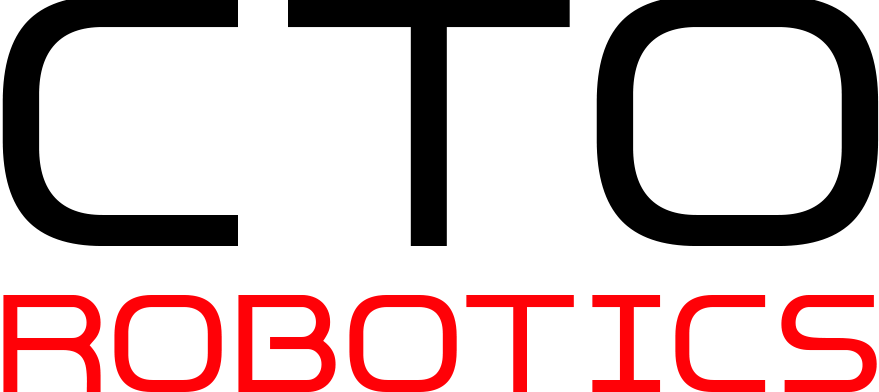






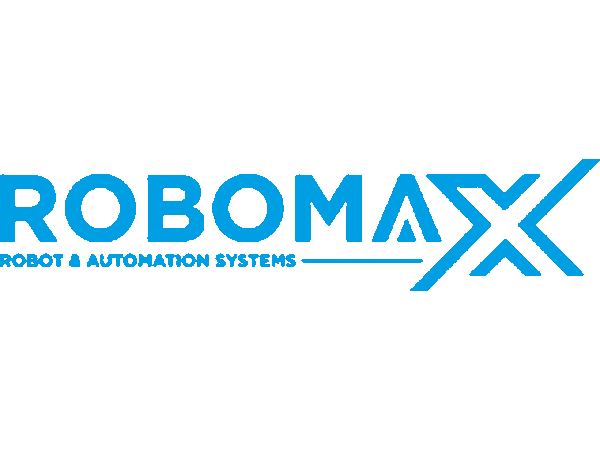
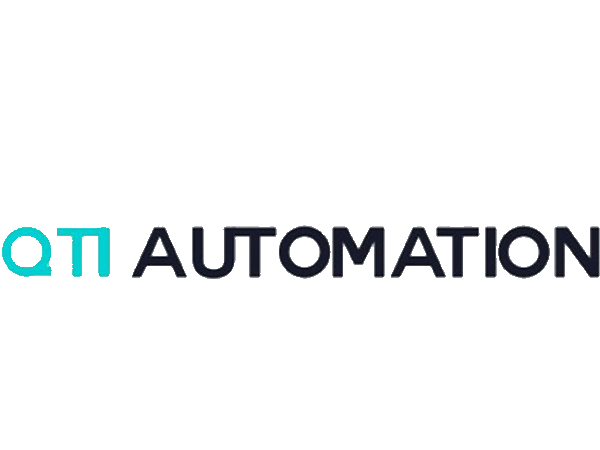
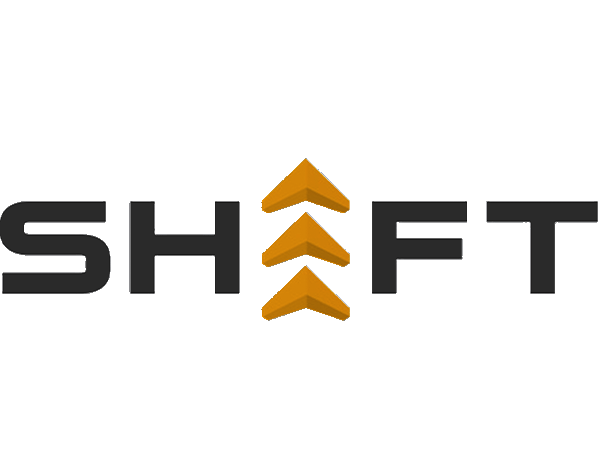
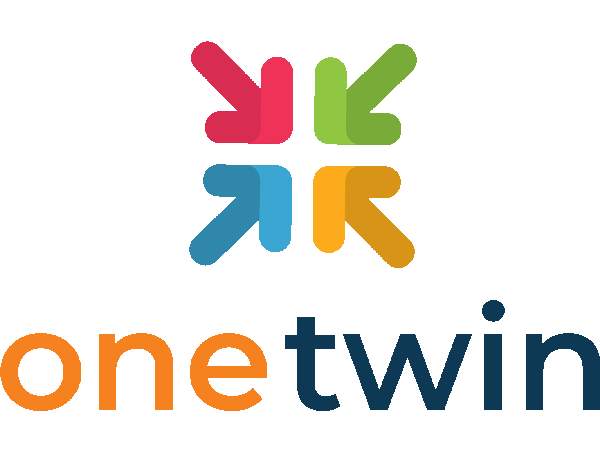
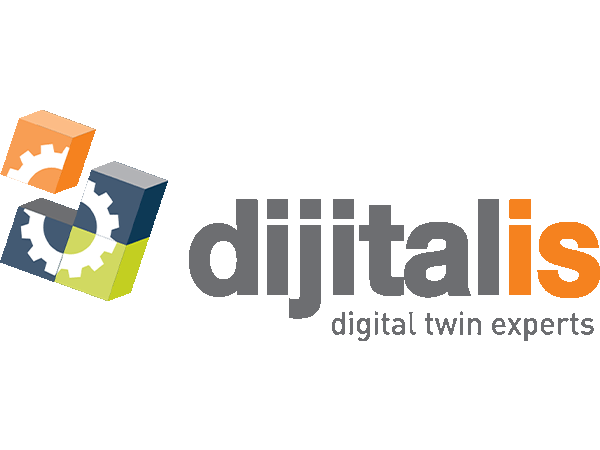
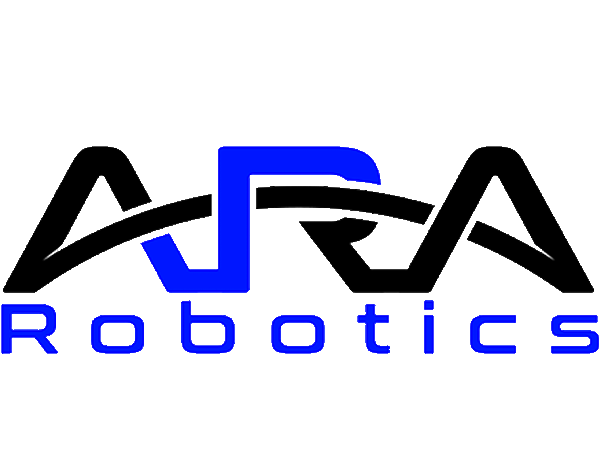
0 Comments